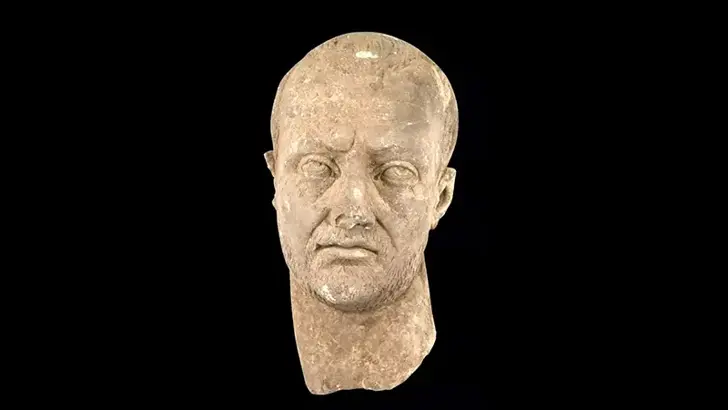
Roman Emperor’s Shadow Appears in Aspendos: 1,700-Year-Old Statue Head Found
A marble head believed to depict a Roman emperor has been unearthed during excavations at the ancient city of Aspendos in southern Türkiye. The piece is thought to date to the late 3rd century AD and reflects a rare blend of Roman realism and Hellenistic artistry.
Archaeological teams working at the Roman forum of Aspendos, located in Antalya Province, have discovered the head of a marble statue believed to depict a Roman emperor. Measuring approximately 40 centimeters in height, the portrait is estimated to date between AD 250 and 300—when the Roman Empire was undergoing profound political and artistic transformations.
According to experts, the statue exhibits a striking combination of veristic (hyper-realistic) features and emotional depth, characteristic of earlier Hellenistic art. Deep forehead wrinkles, prominent cheek folds, and furrowed lips reflect the Roman tradition of portraying age and experience as virtues of leadership. Meanwhile, the slight tilt of the neck and the dreamy, introspective gaze suggest an enduring influence from Hellenistic aesthetic ideals.
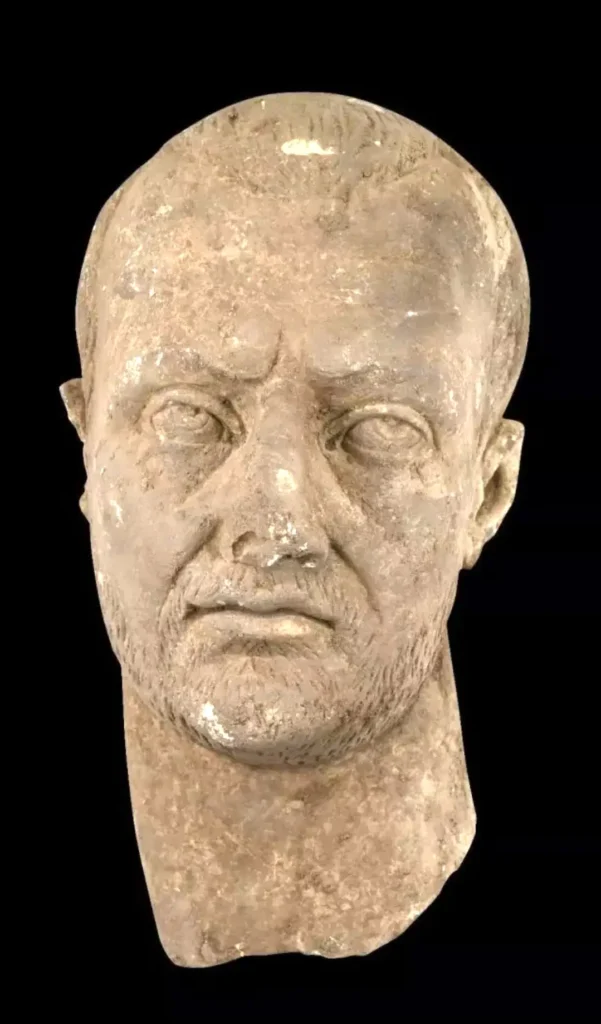
A Fusion of Styles: Verism Meets Hellenism
“This piece captures the transitional portrait style of the late imperial period,” said scholars involved in the analysis. “It represents not just the face of an emperor, but the merging of two artistic legacies—one grounded in realism and authority, the other in emotion and humanity.”
📣 Our WhatsApp channel is now LIVE! Stay up-to-date with the latest news and updates, just click here to follow us on WhatsApp and never miss a thing!!
Such portraits became prominent especially after the reign of Augustus, as Roman sculptors sought to communicate both the power and the moral weight of imperial rule through nuanced facial expression and sculptural technique.
Aspendos: More Than a Theater
While most renowned for its exceptionally well-preserved Roman theater, Aspendos was a major urban center in the ancient region of Pamphylia. Founded as early as the 10th century BCE and later incorporated into the Roman Empire, the city was a hub of trade, civic life, and monumental architecture.
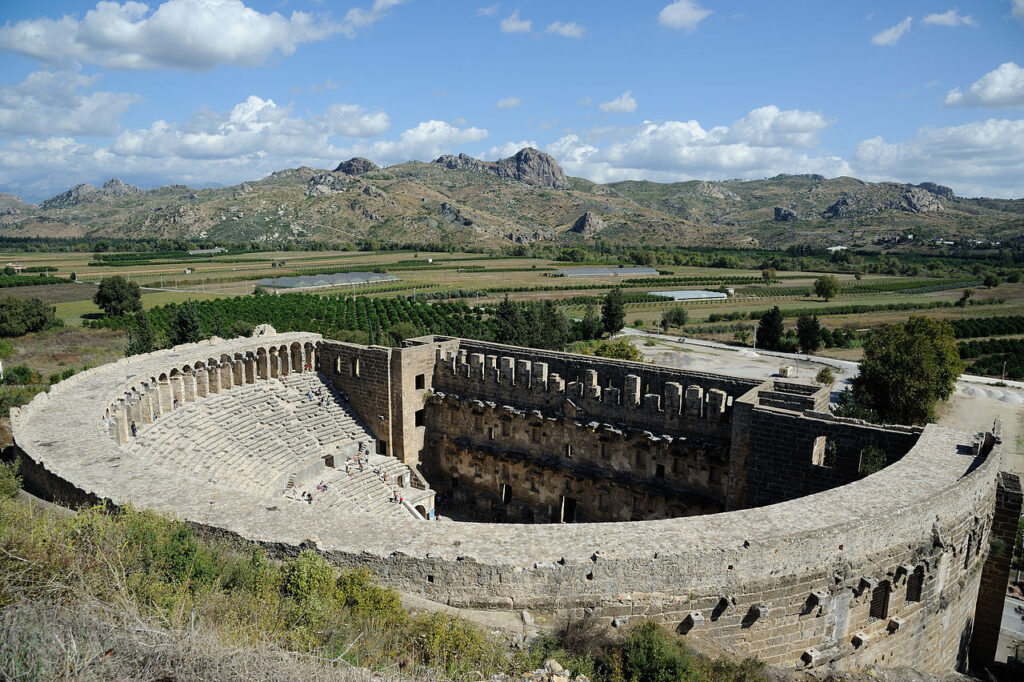
The recent discovery sheds new light on the social and ceremonial heart of the city—the forum—where statues like this one would have stood to project imperial presence and ideology. Together with ongoing excavations of public buildings, baths, and aqueduct systems, the find contributes to a more holistic understanding of Roman urban planning and propaganda in Anatolia.
You may also like
- A 1700-year-old statue of Pan unearthed during the excavations at Polyeuktos in İstanbul
- The granary was found in the ancient city of Sebaste, founded by the first Roman emperor Augustus
- Donalar Kale Kapı Rock Tomb or Donalar Rock Tomb
- Theater emerges as works continue in ancient city of Perinthos
- Urartian King Argishti’s bronze shield revealed the name of an unknown country
- The religious center of Lycia, the ancient city of Letoon
- Who were the Luwians?
- A new study brings a fresh perspective on the Anatolian origin of the Indo-European languages
- Perhaps the oldest thermal treatment center in the world, which has been in continuous use for 2000 years -Basilica Therma Roman Bath or King’s Daughter-
- The largest synagogue of the ancient world, located in the ancient city of Sardis, is being restored

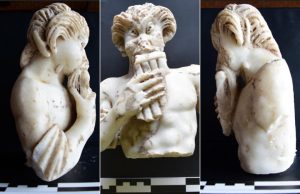
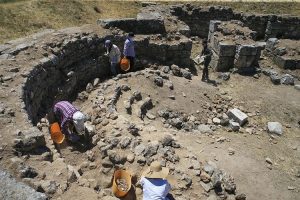
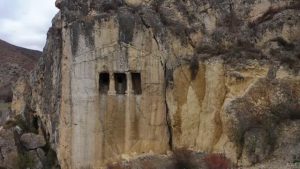
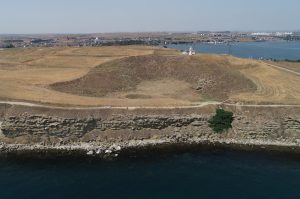
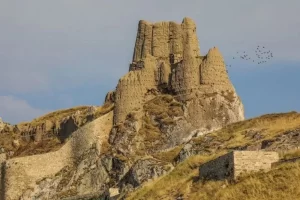
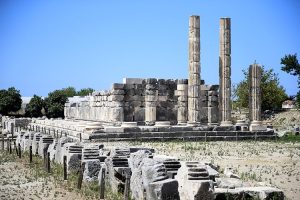


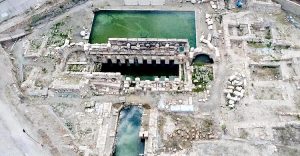
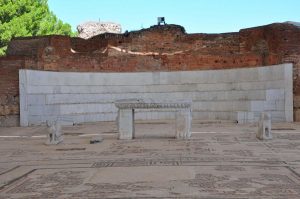
Leave a Reply